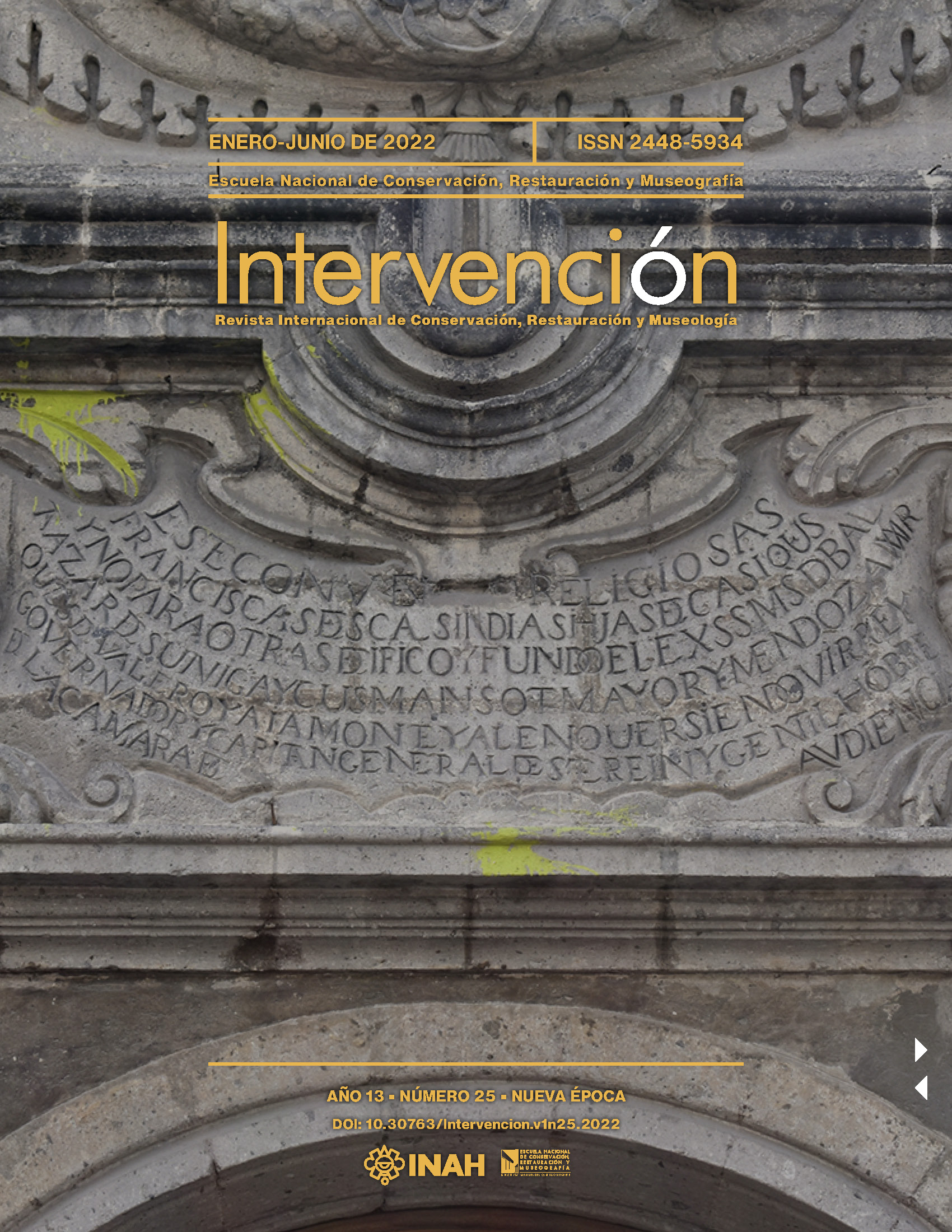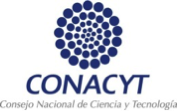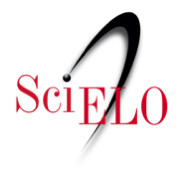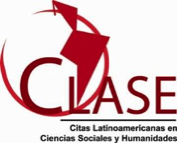Preventive Conservation Program of the Heritage of the Biblioteca Ricardo B. Anaya in San Luis Potosí. The Case of its Photographic Collection
DOI:
https://doi.org/10.30763/Intervencion.266.v1n25.45.2022Keywords:
Conservación preventiva, San Luis Potosí, Digitalización, Repositorio documental, Fotografía, ÁlbumAbstract
The experience and reflection presented in this academic report summarize the importance of planning guided by preventive conservation methodologies that use work instruments such as free software and strategic collaboration among private institutions, universities and research centers that are in charge of managing documents and archives. Given the undeniable budget austerity these repositories undergo, the proposals presented can make a positive impact on the conservation, access, and dissemination of bibliographic and documentary collections of high heritage value, such as the one of the Biblioteca Ricardo B. (brba) Anaya in the city of San Luis Potosí.
Downloads
References
Anaya, R. (1955). El Seminario Conciliar de San Luis Potosí. Talleres Mario.
Anaya, R. (s. f.). [Cláusulas del testamento del Padre Ricardo B. Anaya.] Biblioteca Ricardo B. Anaya (Archivo, carpeta 68). San Luis Potosí, México.
Coordinación de Conservación del Patrimonio Cultural e Instituto Nacional de Antropología e Historia. (2014). Lineamientos generales en materia de conservación del patrimonio cultural. México: INAH. https://www.normateca.inah.gob.mx/pdf/01472572392.PDF
Cornell University. (2003). Llevando la teoría a la práctica. Tutorial de digitalización de imágenes. Departamento de Investigación de la Biblioteca. http://preservationtutorial.library.cornell.edu/tutorial-spanish/contents.html
International Council on Monuments and Sites. (Octubre de 1996). Principes pour l’etablissement d’archives documentaires des monuments, des ensembles architecturaux et des sites. 11e Assemblée Générale de l’ICOMOS à Sofia, https://icomos.es/wp-content/uploads/2020/01/archives-f-1.pdf
Lozano, G. (2012). Evolución de la conservación de álbumes y libros ilustrados fotográficamente. En P. Hernández, C. Hernández y L. Dávila (coords.). De la teoría a la práctica. La preservación del patrimonio fotográfico (pp. 124-131). México: INAH.
Ramos, O., Sandoval, E. y Hueytletl, A. (s. f.). Normas básicas para la conservación preventiva de los bienes culturales en museos. Consejo Nacional para la Cultura y las Artes/Instituto Nacional de Antropología e Historia/Coordinación Nacional de Conservación del Patrimonio Cultural. http://conservacion.inah.gob.mx/publicaciones/wp-content/uploads/2015/10/cncpcmanual_normasbasicas.pdf
Rojas, A. (3 de noviembre de 2020). La digitalización es un proceso más complejo de lo que normalmente se piensa. Una introducción a los pasos de trabajo más importantes del proceso de digitalización. Proyecto Humboldt Digital (ProHD). https://habanaberlin.hypotheses.org/1844
Stovel, H. (2003). Apéndice D. Principios del ICOMOS para el registro de monumentos, grupos de edificios y sitios. En Preparación ante el riesgo: un manual para el manejo del Patrimonio Cultural Mundial. ICCROM, 185-191.
Van der Burg, J. (2010). Preventive Conservation, a Deliberate Choice. E-Conservation. The Online Magazine, 15, 22-26.
Velasco, G., López, D., Conrado, L., Molina, C. y Ángeles, P. (2021). El uso del estándar Object ID y del software Tainacan en la documentación museológica: experiencias desde Brasil y México. Intervención, 12(23), 258-280. 10.30763/intervencion.247.v1n23.26.2021
Vergara, J. (2002). Conservación y restauración de material cultural en archivos y bibliotecas. Conselleria de Cultura. https://universoabierto.org/2017/12/12/conservacion-y-restauracion-de-material-cultural-con-soporte-de-papel
Additional Files
Published
How to Cite
Issue
Section
License
Copyright (c) 2022 Instituto Nacional de Antropología e Historia (INAH)

This work is licensed under a Creative Commons Attribution-NonCommercial 4.0 International License.

Atribución-NoComercial 4.0 Internacional
https://creativecommons.org/licenses/by-nc/4.0/deed.es
Usted es libre de:
- Compartir — copiar y redistribuir el material en cualquier medio o formato
- Adaptar — remezclar, transformar y construir a partir del material
Bajo los siguientes términos:
-
Atribución — Usted debe dar crédito de manera adecuada, brindar un enlace a la licencia, e indicar si se han realizado cambios. Puede hacerlo en cualquier forma razonable, pero no de forma tal que sugiera que usted o su uso tienen el apoyo de la licenciante.
-
No Comercial — Usted no puede hacer uso del material con propósitos comerciales.




















